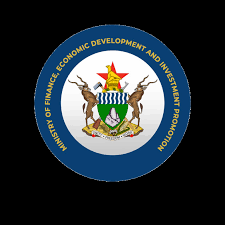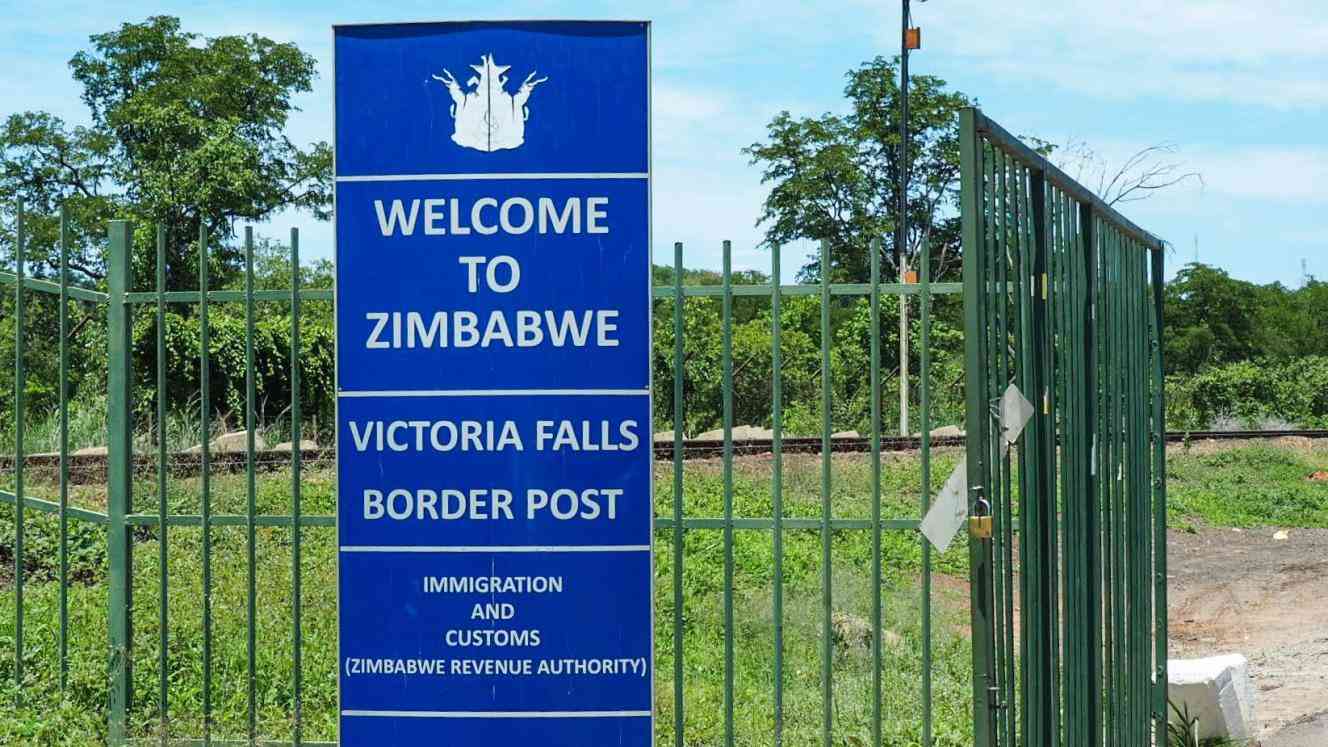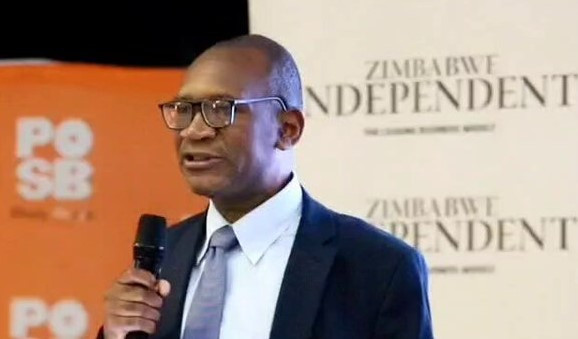
THE Ministry of Finance, Economic Development and Investment Promotion, weighed down by a US$400 million Afreximbank loan, is struggling to meet local currency obligations owed to platinum exporters, amid resistance from the Reserve Bank of Zimbabwe (RBZ) to bankroll government shortfalls.
Under the export retention scheme, miners are required to surrender 30% of their earnings in exchange for local currency.
But payouts have stalled since January, leaving producers of platinum group metals (PGMs), one of the country’s top foreign currency earners, without settlement.
Senior central bank sources told the Zimbabwe Independent that Treasury and the RBZ are now on a collision course over the arrears.
Tensions have risen since January, when platinum exporters stopped receiving their local currency allocations, despite contributing to national revenue.
However, top Finance ministry officials dismissed suggestions of a rift with the central bank.
“I cannot say that we are clashing. In meetings with the Reserve Bank, everyone is in agreement that we want a stable local currency. No one wants to see the ZiG crumble,” one Treasury official said.
“The headache for the ministry are the terms of the Afreximbank loan, servicing that loan. This is putting a lot of pressure and delaying payments to platinum producers.”
- MIHR petitions govt on Lubimbi relocations
- US$200K armed robber in court
- ‘Timely IMF boost saved Zim’
- Businessman locks horns with top judges
Keep Reading
Current regulations require exporters to surrender 30% of their earnings, which is paid in the gold-backed local currency, the Zimbabwe Gold (ZiG).
The surrendered portion is partly directed towards servicing the US$400 million Afreximbank loan, secured in 2023 to plug budget deficits and finance trade-related infrastructure.
The Afreximbank facility is also being repaid from 35% of Zimplats’ export proceeds, under RBZ management.
Loan terms are steep, including a 10,216% interest rate, 2,75% arrangement fee, 0,5% commitment fee and a 12,216% default rate. With no grace period, monthly repayments will continue until 2029.
Central bank sources said Mthuli Ncube’s Finance ministry has been pressing the RBZ to step in, but governor John Mushayavanhu, who vowed that the ZiG would not fail “under his watch”, has stood firm, insisting the central bank will not return to quasi-fiscal activities that once destabilised the economy.
“The central bank is no longer in the business of funding government expenditure or settling external arrears on behalf of Treasury. This issue of PGM payments has nothing to do with us, Treasury must deal with it,” an RBZ insider told the Independent.
Officials said some token payments were made by Treasury in June to a few exporters, allegedly to quell discontent, but these were described as “a drop in the ocean”.
For decades, particularly during former central bank governor Gideon Gono’s era, the RBZ acted as a de facto government purse, monetising deficits and fuelling inflation.
But Mushayavanhu, sources said, has drawn a line, refusing to bankroll quasi-fiscal operations and prioritising the stability of the ZiG.
Zimbabwe exported 14 164 tonnes of PGM matte worth US$583,9 million and 33 705 tonnes of concentrate worth US$106,1 million in the first half of 2025, according to Minerals Marketing Corporation of Zimbabwe data.
By December 2023, Zimbabwe had already pledged a share of its platinum revenues to debt service, leaving little fiscal space.
With external debt at US$12,7 billion and total public debt at US$21,5 billion in the first quarter of 2025, the country remains locked out of concessional funding from global lenders, making PGMs, gold and tobacco its critical financial lifeline.
Responding to questions, the RBZ explained that exporters’ 30% surrender requirements were allocated as follows: 17,5% to the RBZ, with 12,5% used for foreign exchange market intervention and 5% for reserve build-up, while 12,5% goes to Treasury for external debt servicing.
“The Reserve Bank has been promptly settling the ZiG portion for the 17,5% export requirements surrendered to the bank,” Mushayavanhu said in written responses.
“Government has also been settling the part of the exports surrendered to them.
“In line with the demand for local currency by exporters, government often enters into bilateral arrangements with exporters to keep the ZiG portion and only release it as and when required.
“In addition, some exporters also opt to put their ZiG portion in the USD facility to keep value and access it when required.
“Overall, the government has strived to provide the ZiG equivalent for the exports surrendered. In this regard, where the cash-flows are not permitting, the government engages the exporters in negotiated arrangements beneficial for both parties,” he said.
The RBZ chief added that government meets part of its export surrender obligations through budget revenues.
Mushayavanhu said the Reserve Bank recognises the need for close coordination between fiscal and monetary policies to ensure sound macroeconomic management under consistent and predictable frameworks.
He further noted that the central bank acknowledges the mining sector’s pivotal role in generating foreign currency and driving sustainable economic growth.
“As such, both fiscal and monetary policies are designed to create an enabling and conducive environment to attract investment in the various sectors of the economy, including the mining sector,” Mushayavanhu said.
“In this regard, where there are challenges, government and the Reserve Bank continue to collaborate with a view to finding workable solutions to the industry and the economy at large.”
He stressed that the central bank was “walking the talk” on monetary discipline, with monthly inflation averaging 0,6% since February 2025 and exchange rate volatility contained.
“The Reserve Bank transferred all the quasi-fiscal related to foreign currency to government to improve money supply management to support stable inflation and exchange rate dynamics in the economy, Mushayavanhu said.
“To strengthen the optimal money supply, the Reserve Bank has ensured that money supply growth is in line with envisaged growth and inflation in the economy.
“Importantly, the Reserve Bank has ensured that ZiG is adequately anchored by foreign currency reserves to support its long-term stability.
“The Reserve Bank has been ‘walking the talk’ regarding optimal money supply management, and monthly inflation has been sustained on average at around 0,6% since February 2025, and exchange rate volatility has been contained to internationally tolerable levels,” he added.
The standoff, however, risks unsettling Zimbabwe’s mining industry, which accounts for more than 70% of foreign currency earnings.
Questions sent to the Ministry of Finance and Zimplats had not been responded to at the time of going to print.











